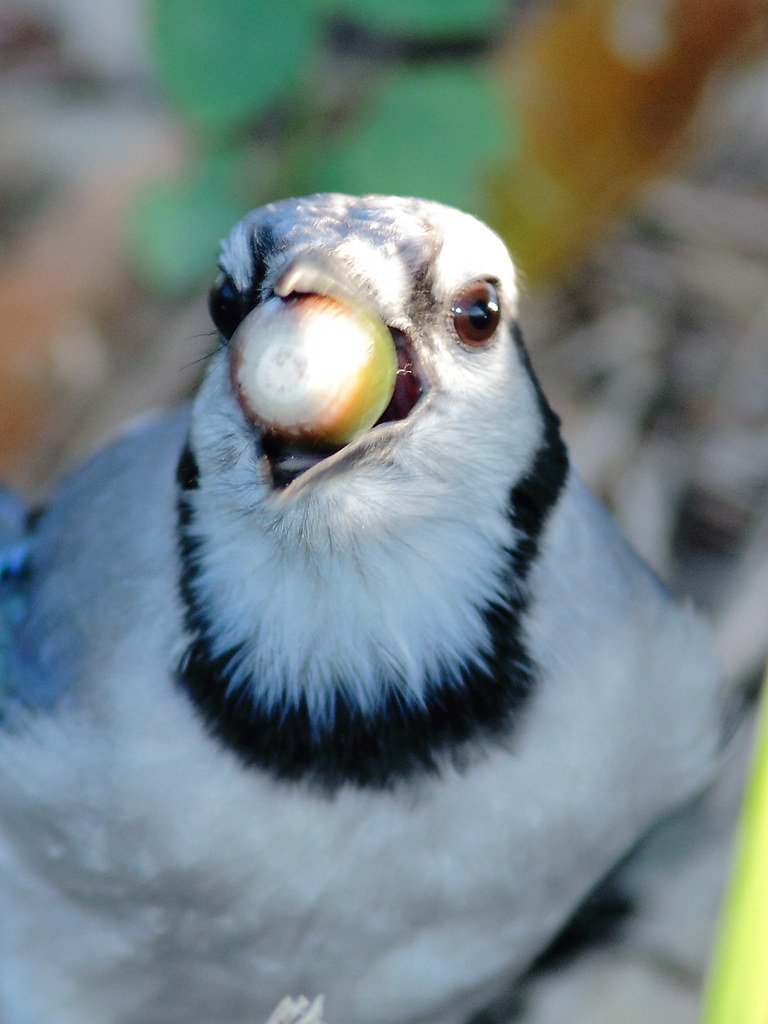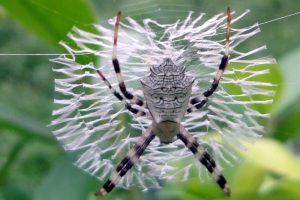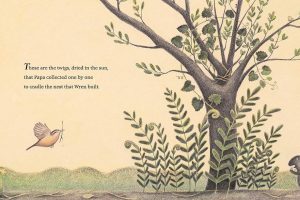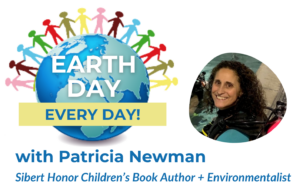GUEST BLOGGER LYNN STREET
I enjoy the overlap between STEM concepts and writing, and I’ve been thinking about the similarities between cycles in nature and the structure of stories. Students are familiar with the idea that stories have a beginning, a middle, and an end. As readers, they follow a series of events and the actions of a main character–the time and sequence of a story.
Similarly, cycles in nature also have a beginning, a middle, and an end. In my nonfiction picture book THE BLUE JAYS THAT GREW A FOREST, blue jays gather and bury acorns in autumn as a food source for hungry winter days ahead. In the spring, acorns that are left behind may sprout. This process of acorn gathering follows a series of steps, also time and sequence. Acorns are collected and buried. Time passes. Seasons change. New oak trees sprout.
To explore this idea of time and sequence in both nature and narrative, students will make an acorn comic (template included for this writing and drawing exercise).
Acorn comic
After learning about how the blue jay helps the oak trees grow new forests, students will create a comic that illustrates the story of the blue jay and the oak tree.
Materials
- Pencils, colored pencils, crayons for writing or drawing
- Download and print templates for students from The Blue Jays That Grew the Forest PDF on my website – (Pages 4-5 instructions, pages 7-9 templates). Templates have 4, 5 or 6 panels.
Directions
Think about the process
- Read THE BLUE JAYS THAT GREW A FOREST to the class.
- Think about the acorn gathering process and the sequence of events in the book?
- What happened first?
- List the next events in order.
- What happened last?
- What steps are needed for the forest to grow?
- How do blue jays and oak trees help each other?
- Think about how an acorn would tell this story.
Preparing the comic
- Take a closer look at the page of the jay burying the acorns (Here. Here. There. There.). The illustrator used something called vignettes to show how the jay hides the acorns. These vignettes are similar to comic panels because of how they show a sequence of events. Could students try something like this in their comic?
- The first line of the book is, “How does the mighty oak tree create more oak trees?” Ask students how they might answer this question through the comic.
- What does the oak tree need to grow? See if students can include the different things an oak tree might need in order to grow. Use the text to help find the answers.
- What seasons could the comic show?
- The first page of the story shows a map. The map may be helpful as students plan their comic spreads. How could they show pieces of the map in the comic?
- How can a comic show how the acorn travels away from the parent tree? How can students use the panels to show distance and/or time?
Creating the comic
- Students choose one of the comic templates and create an acorn’s story. (Multiple templates can be used if a student wants to make a detailed series of events.)
- Each panel may include a caption or other written text (dialogue, sounds/onomatopoeia, date)
- Discuss parts of a comic (panel, caption, speech or thought bubbles, sound effects, etc.)

Afterward, the class can discuss what parts of the acorn’s story they chose to highlight and which parts they had to leave out. How do the spaces between the panels (the gutters) help to tell the story? What happens in between the panels?
I hope students find this activity challenging and fun!
Featured image credit: “Blue Jay with acorn 20121021” by Kenneth Cole Schneider is licensed under CC BY-NC-ND 2.0.
Lynn Street is a science-inspired author sharing STEAM stories with young readers. Her writing celebrates nature and invites readers to slow down and explore, to become budding naturalists and citizen scientists. She volunteers for nature organizations and is dedicated to environmental education and integrating art, science, writing, and nature for kids. website: www.lynnstreetbooks.com Facebook Bluesky Instagram: @lynnstreetbooks












1 Comment
Leave your reply.